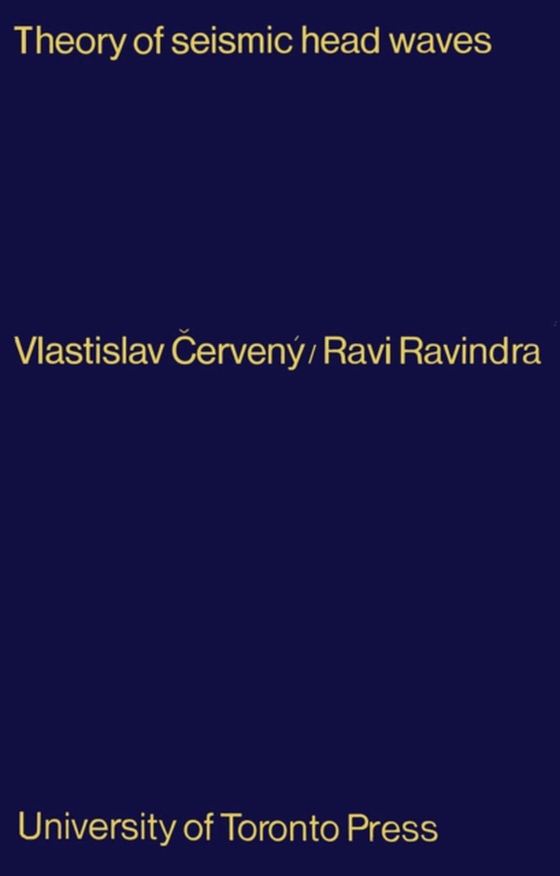
Theory of Seismic Head Waves e-bog
329,95 DKK
(inkl. moms 412,44 DKK)
Head waves – also called refraction arrivals, lateral waves, or conical waves – have been used extensively in near-earthquake studies, geophysical prospecting, and deep-crustal seismological investigations. In the past, research was confined largely to the kinematic characteristics of the waves, but emphasis is now being given to the dynamic characteristics: amplitudes, spectra, and...
E-bog
329,95 DKK
Forlag
University of Toronto Press
Udgivet
15 december 1971
Længde
328 sider
Genrer
PHDS
Sprog
English
Format
pdf
Beskyttelse
LCP
ISBN
9781442652668
Head waves – also called refraction arrivals, lateral waves, or conical waves – have been used extensively in near-earthquake studies, geophysical prospecting, and deep-crustal seismological investigations. In the past, research was confined largely to the kinematic characteristics of the waves, but emphasis is now being given to the dynamic characteristics: amplitudes, spectra, and wave forms. In the last fifteen years, several new mathematical and computational techniques have been developed to study these waves.This is an advanced, technical book presenting a consistent theory of head waves, using methods developed in the famous Leningrad school under G.I. Petrashen and his colleagues. It proceeds from a consideration of the simplest problem of one interface to a study of the situation in which there are many interfaces (some of which may not be plane or parallel to one another) and the material between the interfaces is not necessarily homogenous. The method is used principally, though not exclusively, that of ray series in which the displacement vector is expressed in terms of an asymptotic series in inverse powers of frequency. The volume includes numerical data and an extensive bibliography.This book is intended as a text for graduate and senior undergraduate students in geophysics, and as a reference work for practising seismologists and research workers.
 Dansk
Dansk

